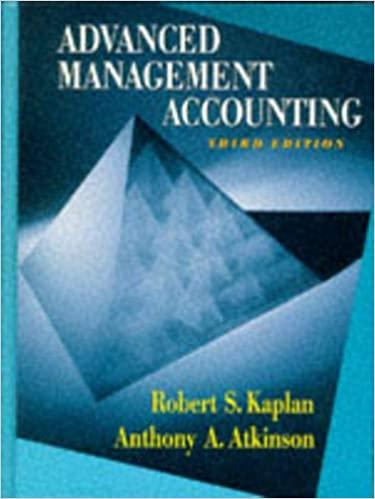1. What is the highest accoptable transfer price for the divions? 2. Assuming the transfer price is niegofited beteren the divisions of the compary. what wosid be the lowest asceptable transfar price? Assume varuble siting expenses pertain to outside sales only 3. Which transter price would the manager of the Smal Comporante Divion preter? Which trantler price would the manager of the Compeler Divison prefer? 4. If the comporyr policy requires that all necuse tainsfers muar be priced at 4 absorpoon cost plus. 14\%, what traruter price would te used Assume that the increased production level needed to fas fle brantar would resut in fred the naveri cent) 5. If the company' polcy requires that al in hevee barsiters muat be pricad at beal mandacturny varlatie coit plus 22%, whar trimiler proe wouds te uses? nearest cent 6. Assure rew bit the compary does nau the varable seing mperses on imsemal transfers if the company polcy as to set barifer proces at 100s of the by st 60 per unt as a rebid of fut increasel jrotuction resiting from ine Requirements 1. What is the highest acceptable transfor price for the divisions? 2. Assuming the transfer price is negotiated between the divisions of the company what would be the lowest acceptable transfor price? Assume variable selling expentes pertain to outuide sales. only. 3. Which transier price would the manager of the Smat Componerts Division prefers Which trinafer price would the manager of the Computer Division prefor? 4. If the compary's policy requies that all inhouse tranalers must be prioed at fill absopton ooef plus 14\%, what tranafer price would be used7 Ascume that ithe incressed production fever needed to fal the transfer would result in fred manufacturing overhead decreasing by $1.00 per unt. (Rhound your antwer to the nearest cont). 5. If the company's policy tequies that al in-house tranalens must be priced at lotul manutaciaring variable cost plus 22 tw, what transfer prico would be usedt Assume that ine company does not consider flised marulacturng overtiead in selting its internal fransfer price in tily scenario. (Pound your answer to the nearest cent) 6. Assume now that the company does incor the varatio seling experses on internal franstors. If the compary policy is to sit transfer prices at took of the sum of the ful absopiton cost and the varatie seting expenses, what transfer price would be sart Aasume that the frod manufactiring overhead woidd drop by 51 co per unit as a revit of the noreased production resitlong foum the intarnal tranpfers. (Rownd your ancher to the nearest cent) The computer Divion of Martin Uwhlecking cap use the video card proouced by the Small Conponents Divioion and is interosted in purchasing the video card in-house rather bian boying at tom an cutive suppler. The Smal Components Divion has buficiert excoss capacily with which to make the entra video cards. Becaube of enotpetition, the manet proce for this video card is 528 regardeis of whather the video care in produces by Marin Manufachering or another compary The division's manufacturing costs and variable selling expenses related to the video card are as follows: Requirements 1. What is the highest acceptable transfer price for the divisions? 2. Assuming the transfer price is negotiated between the divisions of the company, what would be the lowest acceptable transfer price? Assume variable selling expenses pertain to outside sales only. 3. Which transfer price would the manager of the Small Components Division prefer? Which transfer price would the manager of the Computer Division prefer? 4. If the company's policy requires that all in-house transfers must be priced at full absorption cost plus 14%, what transfer price would be used? Assume that the increased production level needed to fill the transfer would result in fixed manufacturing overhead decreasing by $1.00 per unit. (Round your answer to the nearest cent.) 5. If the company's policy requires that all in-house transfers must be priced at total manufacturing variable cost plus 22%, what transfer price would be used? Assume that the company does not consider fixed manufacturing overhead in setting its internal transfer price in thls scenario. (Round your answer to the nearest cent.) 6. Assume now that the company does incur the variable selling expenses on internal transfers. If the company policy is to set transfer prices at 108% of the sum of the full absorption cost and the variable selling expenses, what transfer price would be set? Assume that the fixed manufacturing overhead would drop by $1.00 per unit as a result of the increased production resulting from the internal transfers. (Round your answer to the nearest cent.)










